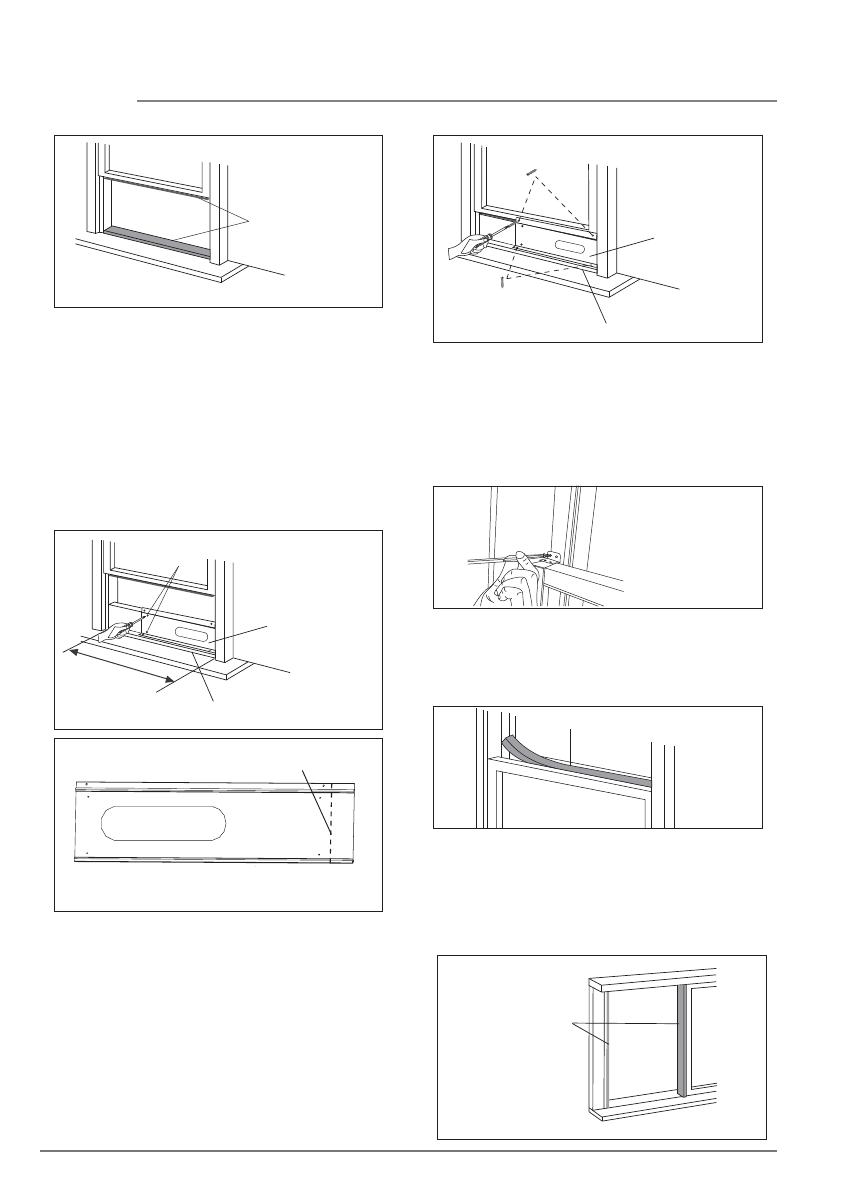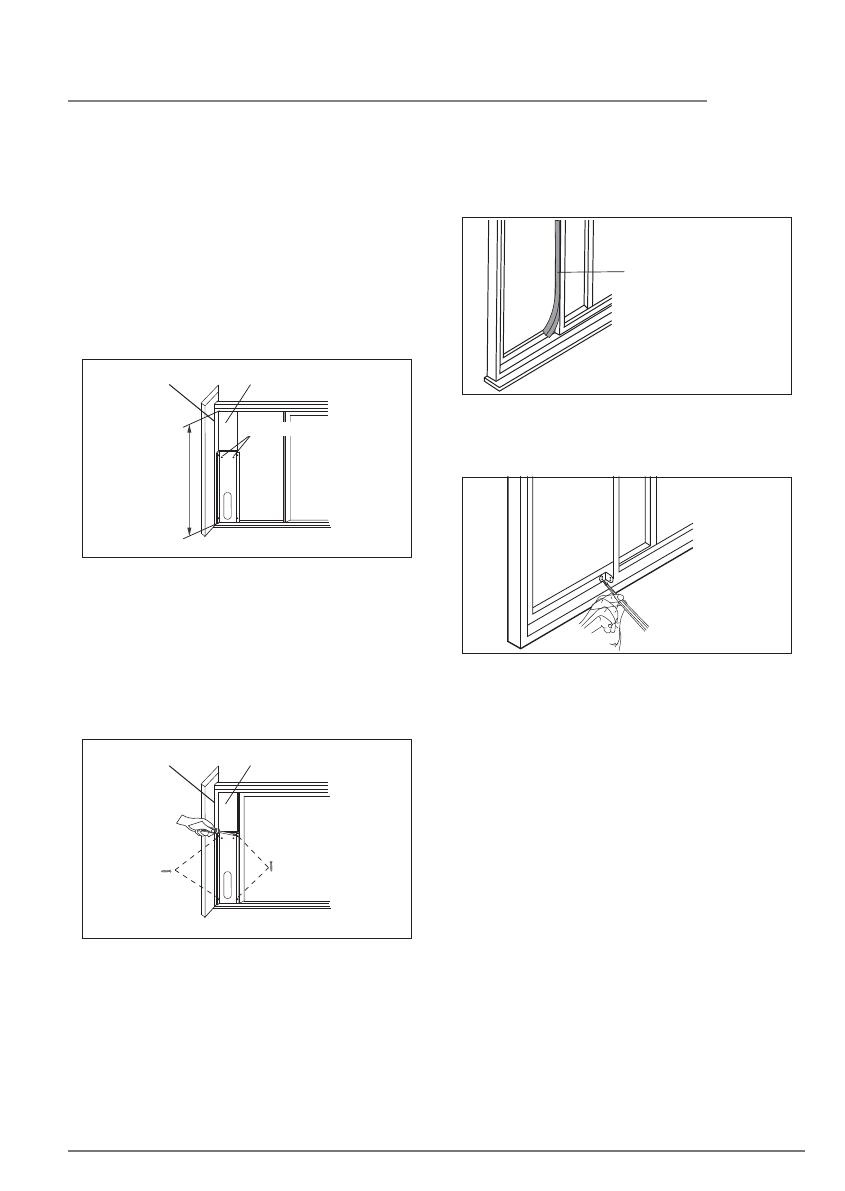
5IMPORTANT SAFETY INSTRUCTIONS
store or maintain the air conditioner to
prevent mechanical damage from
occurring.
• Flammable refrigerant - R32 is used in air
conditioner. Please follow the instruction
carefully to avoid any hazard.
• The refrigerating system should not
receive maintenance, service, or repair by
any person.
• Ensure that the area is in the open or that
it is adequately ventilated before breaking
into the system or conducting any hot
work. A degree of ventilation shall
continue during the period that the work is
carried out. The ventilation should safely
disperse any released refrigerant and
preferably expel it externally into the
atmosphere.
• Check that cabling will not be subject to
wear, corrosion, excessive pressure,
vibration, sharp edges or any other
adverse environmental effects. The check
shall also take into account the effects of
aging or continual vibration from sources
such as compressors or fans.
• Under no circumstances shall potential
sources of ignition be used in the
searching for or detection of refrigerant
leaks. A halide torch (or any other detector
using a naked flame) shall not be used. The
following leak detection methods are
deemed acceptable for all refrigerant
systems. Electronic leak detectors may be
used to detect refrigerant leaks but, in the
case of FLAMMABLE REFRIGERANTS, the
sensitivity may not be adequate, or may
need re-calibration. (Detection equipment
shall be calibrated in a refrigerant-free
area.) Ensure that the detector is not a
potential source of ignition and is suitable
for the refrigerant used. Leak detection
equipment shall be set at a percentage of
the LFL of the refrigerant and shall be
calibrated to the refrigerant employed, and
the appropriate percentage of gas (25 %
maximum) is confirmed. Leak detection
fluids are also suitable for use with most
refrigerants but the use of detergents
containing chlorine shall be avoided as the
chlorine may react with the refrigerant and
• Keep ventilation openings clear of
obstruction.
• The appliance shall be stored in a room
without continuously operating ignition
sources (for example: open flames, an
operating gas appliance) and ignition
sourcesor (for example:an operating
electric heater) close to the appliance.
• The appliance shall be stored so as to
prevent mechanical damage from
occurring.
• A warning that the appliance shall be
stored in a well-ventilated area where the
room size corresponds to the room area
as specified for operation.
• Any person who is involved with working
on or breaking into a refrigerant circuit
should hold a current valid certificate
from an industry-accredited assessment
authority, which authorises their
competence to handle refrigerants safely
in accordance with an industry recognised
assessment specification.
• Servicing shall only be performed as
recommended by the equipment
manufacturer. Maintenance and repair
requiring the assistance of other skilled
personnel shall be carried out under the
supervision of the person competent in
the use of flammable refrigerants.
• DO NOT modify the length of the power
cord or use an extension cord to power
the unit.
• DO NOT share a single outlet with other
electrical appliances. Improper power
supply can cause fire or electrical shock.
• Please follow the instruction carefully to
handle, install, clear, service the air
conditioner to avoid any damage or
hazard. Flammable Refrigerant R32 is
used within air conditioner. When
maintaining or disposing the air
conditioner, the refrigerant (R32 or R290)
shall be recovered properly, shall not
discharge to air directly.
• No any open fire or device like switch
which may generate spark/arcing shall be
around air conditioner to avoid causing
ignition of the flammable refrigerant used.
Please follow the instruction carefully to





















